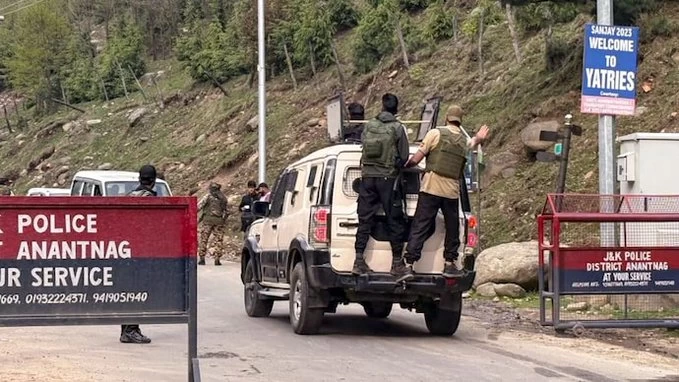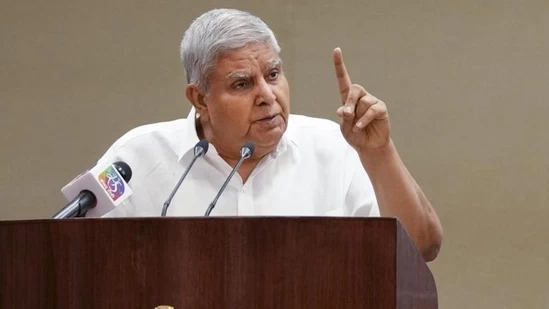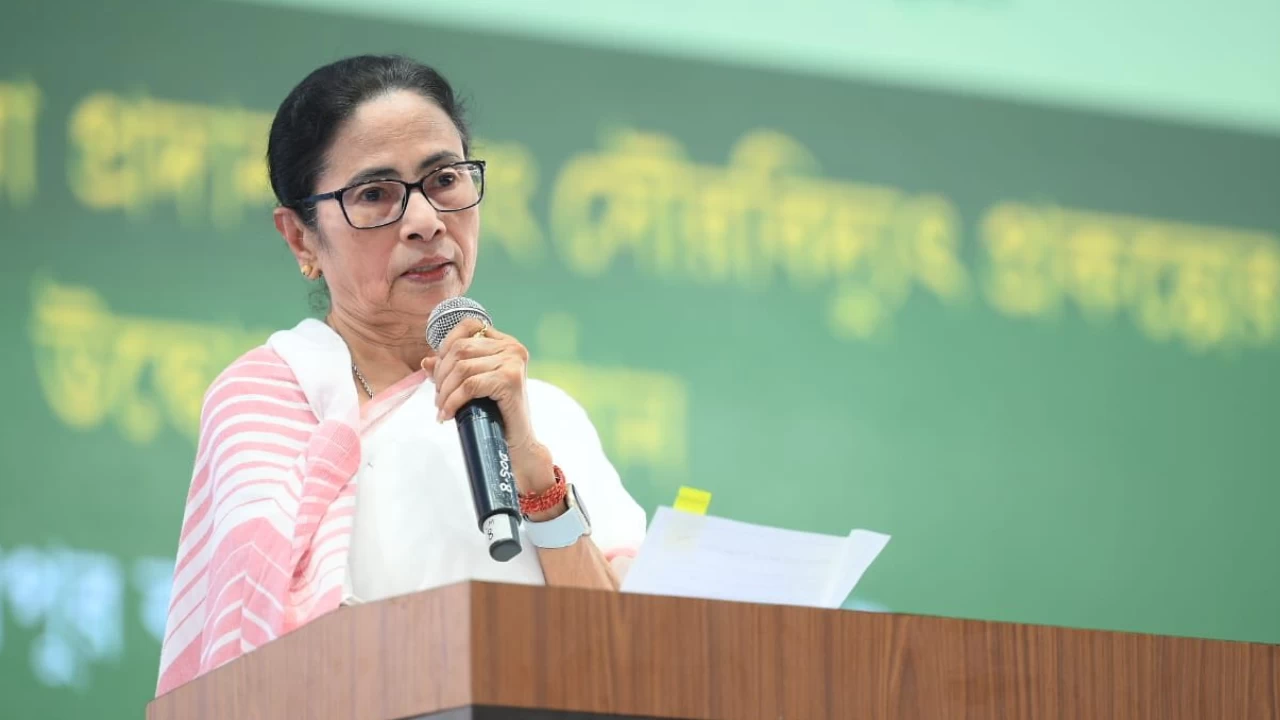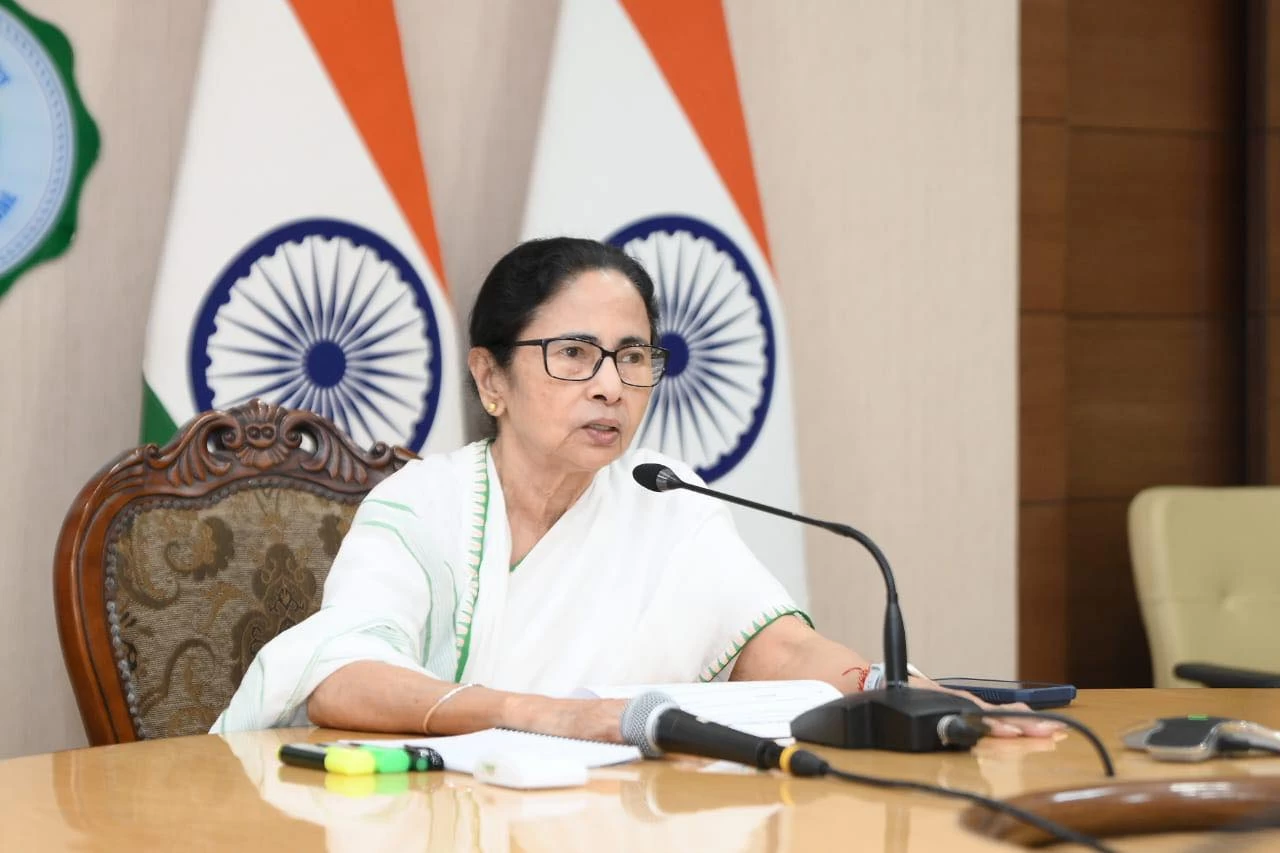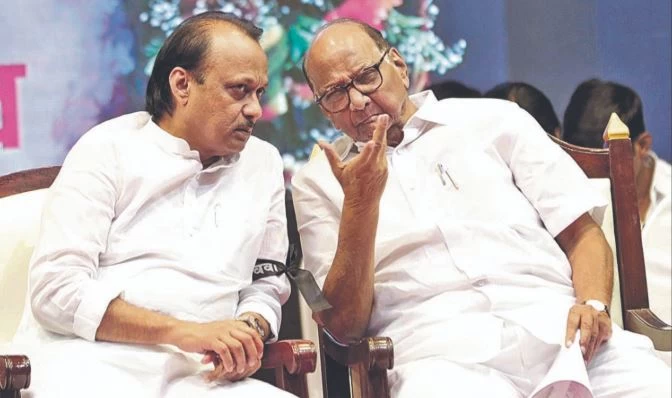Latest Updates
After moon, ISRO's next target is the sun
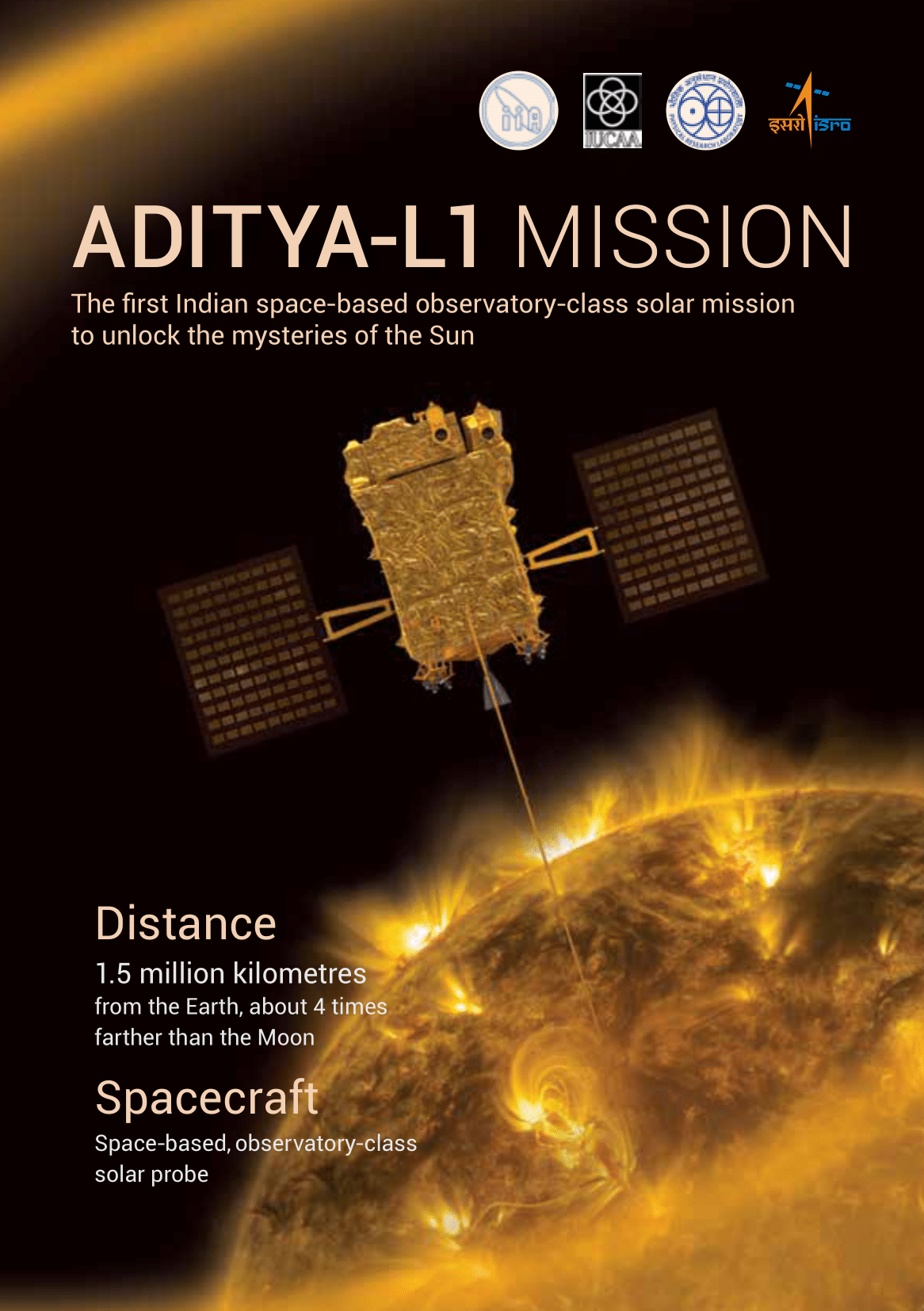
Taking to X, the Indian Space Research Organization (ISRO) announced the launching date of Aditya LV1, India’s very first space-based observatory to study the sun in a PSLV-XL rocket, on September 2 at 11:50 IST, from the Sriharikota. This space-based, observatory- class solar probe is directed towards studying and ‘unlocking the mysteries of the sun’. ISRO has also invited the citizens to witness the launch from the Sriharikota gallery.
The space-craft will be placed at a distance of 1.5 million kilometers from the Earth, about four times farther than the moon, in a halo orbit around the Lagrange point 1 of the Sun and Earth system. This halo orbit has been selected as there are no obstructions between the orbit and the sun. The celestial body will be monitored without the interferences of eclipses or occultation, and record the developments in real time.
This mission is aimed towards getting a deeper understanding of the sun and its subsequent impact on the Earth. Various nuances of the 'coupling and dynamics of the solar atmosphere', in addition to 'coronal heating and solar wind acceleration' will be uncovered. 'Solar wind distribution and temperature anisotropy' is one of the many aspects that this mission aims to study. Moreover, the 'initiation of coronal mass ejection, flares and near-earth space weather' will also be monitored by this space based, observatory-class solar probe.
ISRO claims that Aditya LV1 is unique in nature and design, and has been formulated keeping all plausible hindrances in mind, leaving a very narrow margin for any error. This is the very first time that ISRO has installed a spatially resolved solar disk in the near UV band, and the space based observatory is also equipped with onboard intelligence to detect 'CME’s and solar flare', this in turn will ensure optimized observation, and the data volume centering on the sun that will be collected for further developments. Moreover, the 'directional and energy anisotropy of solar wind' will be studied and recorded using multi direction observations.
This announcement comes days after the successful soft-landing of India’s lunar mission Chandrayaan-3 on the Southern pole of the moon, making India the first ever country to do so. ISRO states that the observations that have been recorded by the Pragyan rover will be instrumental in understanding the moon, and for future missions to the lunar surface, hence, bringing paradigm shifting changes in the field of astronomy. Aditya LV1 is a mission that has been curated to understand the sun, solar flares, the solar atmosphere and its relation the Earth.
Photo Gallery





